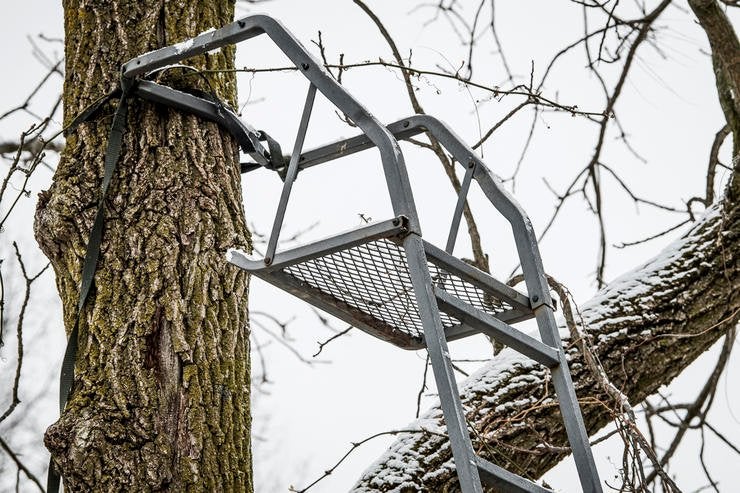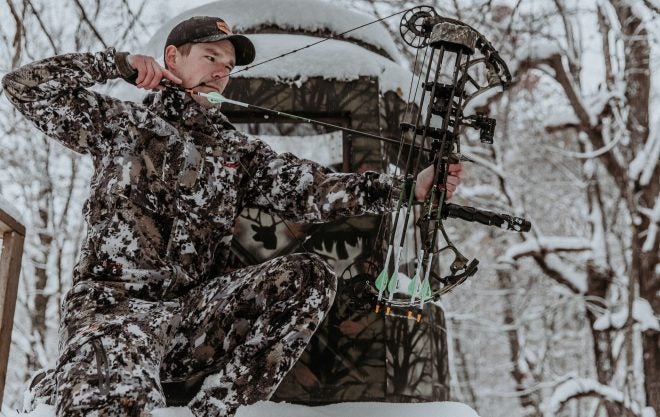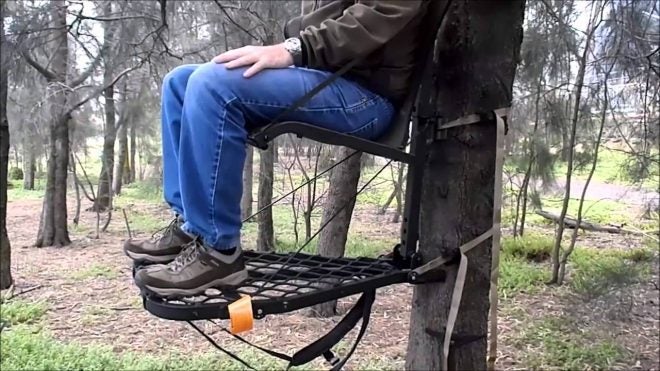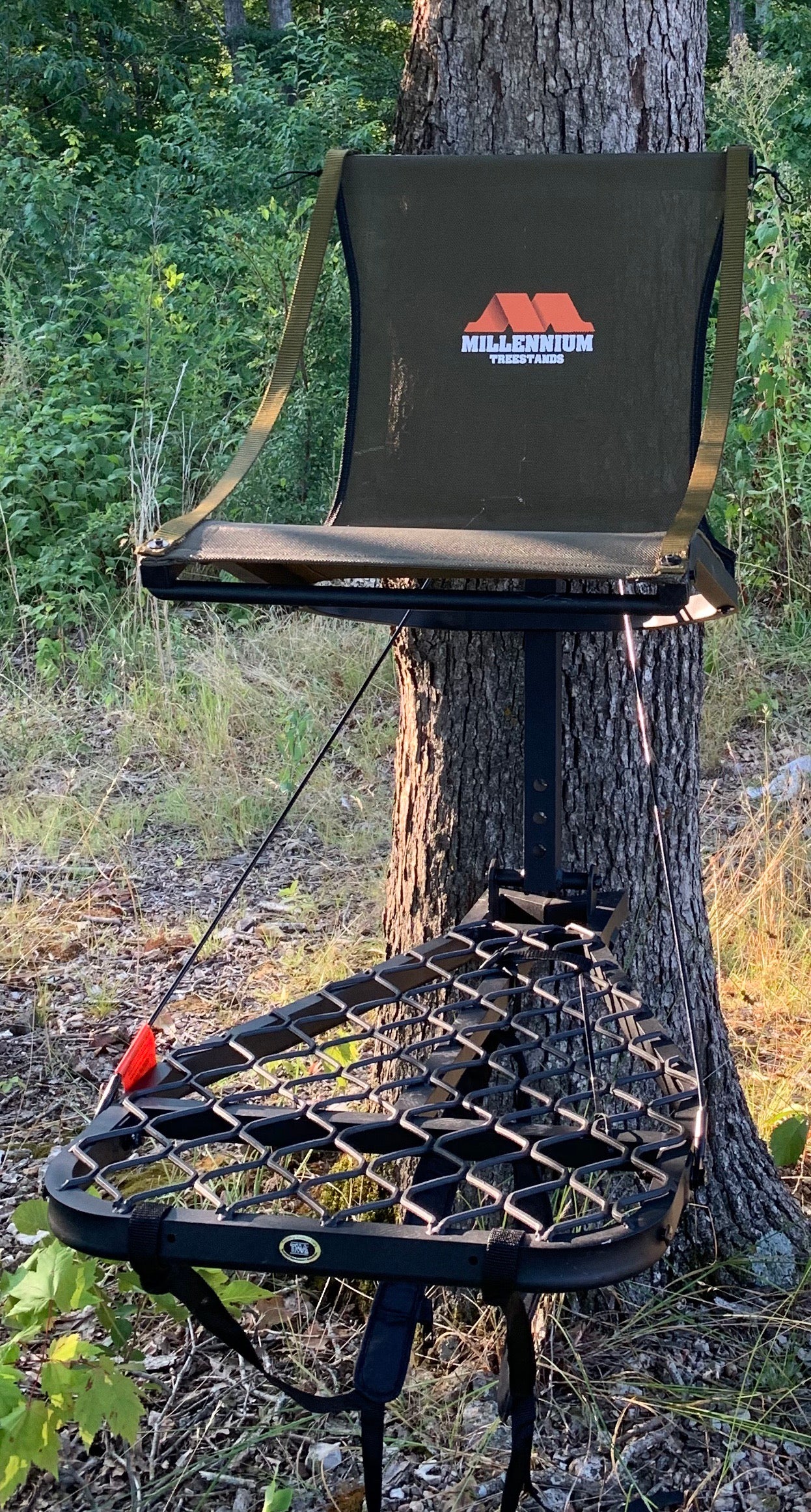Treestand Safety Tips from the U.S. Fish & Wildlife Service
Luke Cuenco 09.10.21

It’s nearly fall hunting season and that means early mornings, blinds, bows, rifles, and treestands. Hunting in general poses a decent risk but every year hunters are often injured or even killed in Treestand-related accidents. The U.S Fish and Wildlife Service has issued a nice handle little sheet listing a bunch of treestand safety tips for both new and experienced hunters to read and refresh before they head out to their favorite spot. I’ve lifted a few select safety tips from the bulletin put out but for a full listing of their suggested safety tips, you can visit this link.

Treestand Safety Tips from the U.S. Fish & Wildlife Service
Know Your Equipment:
- Read and undersatnd the manufactuer’s instructions and warnings before you use your Treestand and Full-Body Harness (FBH).
- Check stands (including straps and chains)
- Practices at ground level with yout treestanda nd FB with another person present before the hunt
If you fall Stay Calm:
- Attempt to recover and return to your stand. If this is not possible, exercise your legs by pushing against the tree, using another form of motion or your suspension relief device until help arrives
- Call for help immediatley
- Have emergency equipment such as a knife, cell phone, flashlight, and/or whistle on your person
Use a Haul Line:
- Always raise and lower your firearm, bow or other equipment with a haul line
- Make sure firearms are unloaded before attaching to a haul line and don’t attach the haul line near the trigger or trigger guard
- Make sure broadheads are covered prior to raising or lowering a bow with a haul line (authors note: newer hunters can often underestimate just how sharp some boradheads are and they can easily cut through light gloves and hunting clothing so take this tip seriously!)
Select the Right Tree for your Stand
- Select a healthy, straight tree that is the right size for your treestand.
- check the tree for insect nests or animal dens
- Avoid using climbing stands on smooth barked trees, especially during icy or wet conditions (Birch, Aspen, Beech, Plane, Eucalyptus and Desert Ironwood Trees all have smooth bark and become extremely slippery when wet)
- Clear debris from the base of the tree to minimize injury from a fall and to ensure a safe base if you are using a ladder stand

Hunting is a time-tested and honored tradition that is passed down from one generation to the next. Even if you know these tips for using treestands already, you should really do your best to share them with younger or newer hunters who are just getting into hunting to make sure that they stay safe when out on the hunt! According to the U.S. Fish and Wildlife Service, treestand accidents are the leading cause of hunting-related injuries in the southeastern united states – be careful out there!
